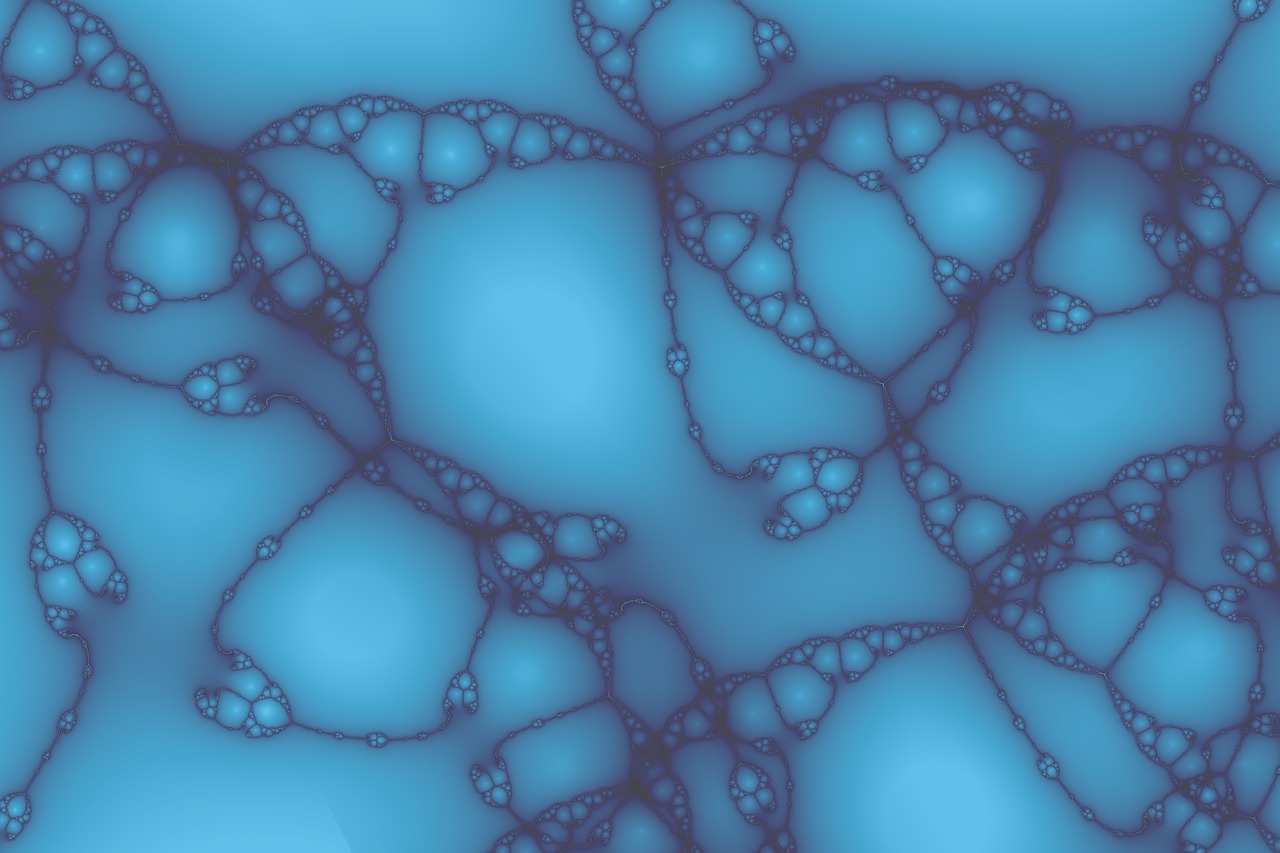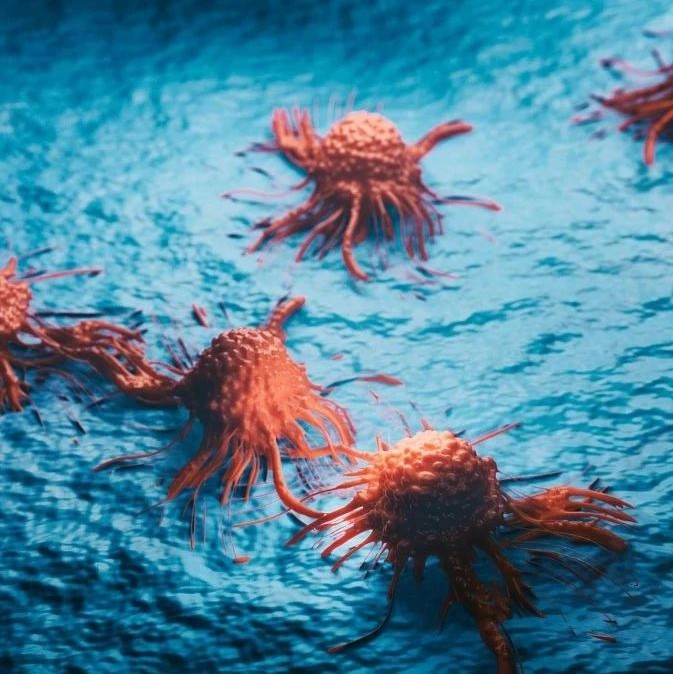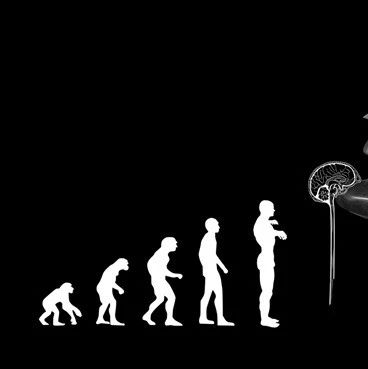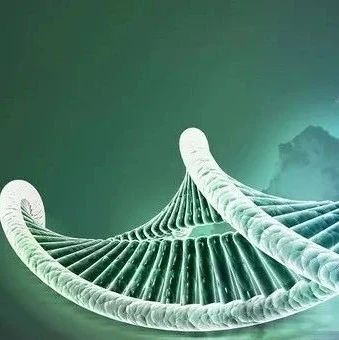摘要:玫瑰即使被称作其它的名字,依然芳香如故。这一名言可能是对哺乳动物所独有的灵敏嗅觉的一个见证。近日,古生物学家发现,对于现代哺乳动物来说,良好的嗅觉会促使大脑的进化,这一研究发表于2011年5月20的《科学》杂志。
这些发现可帮助解释为什么哺乳动物会进化出如此复杂的大脑。在某些情况 下,动物的脑组织会膨胀至相当于10倍自身体形的尺度。本文通过重新构建2种早期侏罗纪时期的哺乳动物(摩根兽和巨颅兽)的化石,为“哺乳动物的大脑是以三个重大阶段进化”的理论提供了新的证据,这三个阶段分别为:第一阶段是改善嗅觉;然后是增加体毛的触觉;第三是改善神经肌肉协调或应用感官来产生技能的肌肉运动。
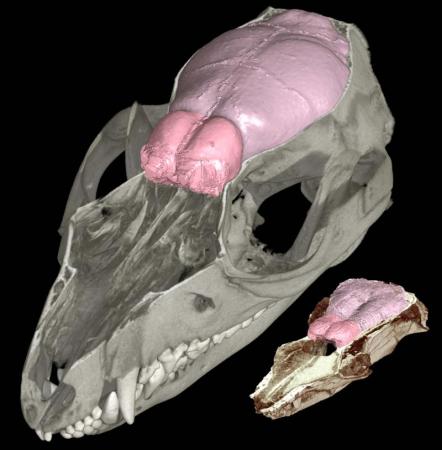
CT scans of modern short-tailed opossum (upper left) and Hadrocodium (bottom right) brains (pink) through cut-away skulls. Olfactory bulbs are at front of brain (reddish pink).
The findings may help explain why mammals evolved such large and complex brains, which in some cases ballooned 10 times larger than relative body size. By reconstructing fossils of two Early Jurassic Period mammals--Morganuocodon and Hadrocodium--the authors provide new evidence that the mammalian brain evolved in three major stages: first by improvements in sense of smell or olfaction; next by an increase in touch or tactile sensitivity from body hair; and third by improved neuromuscular coordination or the ability to produce skilled muscle movement using the senses.
"Now we have a much better idea of the historical sequence of events and of the relative importance of the different sensory systems in the early evolution of mammals. It paints a much more vivid picture of what the ancestral mammal was like and how it behaved, and of our own ancestry," said lead author Tim Rowe, Director of the Vertebrate Paleontology Laboratory at the University of Texas at Austin.
The study used a medical imaging technique called X-ray computed tomography or CT to reconstruct brain molds or endocasts of the 190 million year old Morganuocodon and Hadrocodium fossils from China. These tiny, shrew-like critters are thought to be precursors to existing mammals or "pre-mammals. A brain endocast is a mold of the space or cavity that encases in the brain. The brain endocasts used in this study occurred naturally through fossilization.
CT technology is indispensible for analyzing fragile fossils because it allows researchers to create precise, three-dimensional images of a fossilized brain cavity without having to destroy the fossil in order to expose the endocast.
Rowe's team spent several years CT scanning over a dozen pre-mammal brain endocasts at the High-Resolution X-ray Computed Tomography Facility at The University of Texas at Austin. The scans are archived online and freely available on www.digimorph.org.
The three-dimensional images gave the researchers a magnified, inside view of the brain and nasal cavities of the fossils. The team observed that the nasal cavity and related smell regions were enlarged in the pre-mammal fossils, along with areas of the brain that process olfactory information. Both characteristics indicate an improved sense of smell in pre-mammals.
The study also looked at the influence of body hair development on brain size. For example, the paper clip-sized Hadrocodium sported fur, and evidence from fossilized pelts or skin of closely related animals hints that Morganuocodon likely had hair too. The authors speculate that hairy early mammals were quick to develop a keen sense of touch or tactile sensitivity, along with enhanced motor coordination.
Rather than being used for warmth, body hairs initially served as tiny air traffic controllers, allowing pre-mammals to navigate small crevices and avoid harm. This heightened tactile sensitivity eventually lead to the formation of intricate sensory fields in the neocortex of mammalian brain, the authors propose.
Since the necortex is involved in tasks like sensory perception and the generation of motor commands, improvements in its function likely lead to the fine-tuning of early mammals' motor skills and neuromuscular coordination. In both fossils, the size of the cerebellum (the region of the brain responsible for sensory-motor integration) grew so large it began to ripple over into folds; this increase in size supports the idea that early mammals developed advanced neuromuscular coordination.
Comparing the mammal brain endocasts with fossils of other groups, like those of primitive reptiles called cynodonts, revealed that the brains of the Morganuocodon and the Hadrocodium were almost 50 percent larger than the brains of mammal precursors. Taken together, the results hint that the ability to exploit a world of information dominated by odors and smells made early mammals extraordinarily different from even their closest extinct relatives.
"Now that we have a general picture of the brain in mammals ancestrally, we plan to explore the subsequent diversification of the brain and sensory systems as mammals evolved and diversified. This will unlock new secrets about how huge brains and extreme sensory adaptations evolved in mammals, such as electroreception in the platypus, and sonar in whales and bats. It is all very exciting!" Rowe said.
This research was funded by the National Science Foundation, the University Of Texas Jackson School Of Geosciences, and the National Natural Science Foundation of China.


